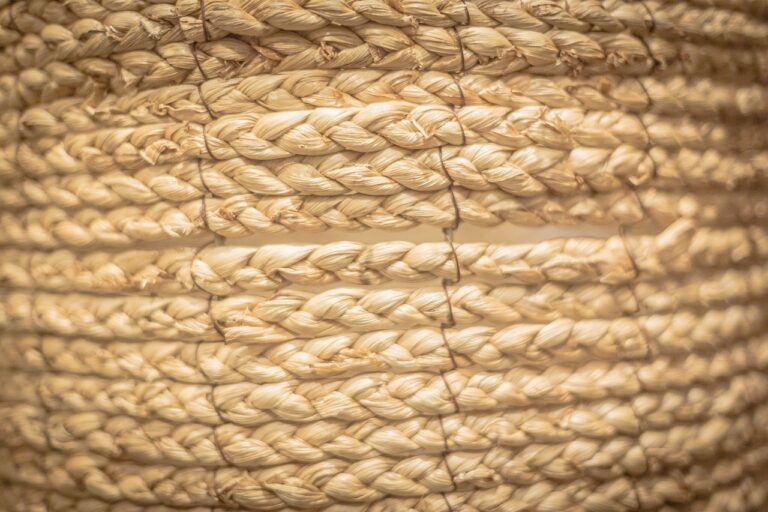Creating Wildlife-Friendly Landscapes through Sustainable Home Improvement
Creating wildlife-friendly landscapes is essential for promoting biodiversity and supporting the health of ecosystems. By incorporating elements such as native plants, water sources, and vegetation cover, homeowners can provide habitats for various wildlife species to thrive. These landscapes offer refuge for pollinators, birds, and other animals, contributing to the overall balance of the ecosystem.
Furthermore, wildlife-friendly landscapes help to restore natural habitats that may have been disrupted by urbanization and human activities. As green spaces become increasingly scarce, transforming residential areas into wildlife-friendly environments can play a crucial role in preserving plant and animal species. By fostering coexistence between humans and wildlife, these landscapes promote sustainable living practices and improve the overall quality of the environment.
Benefits of Sustainable Home Improvement for Wildlife
Making sustainable home improvements can have a profound impact on wildlife conservation efforts. By incorporating eco-friendly practices into your residential space, you are creating a habitat that is more conducive to supporting diverse wildlife populations. Simply put, sustainable home improvements provide a win-win situation for both homeowners and the local ecosystem.
One of the key benefits of sustainable home improvement for wildlife is the preservation of natural resources. By reducing water and energy consumption through the use of sustainable materials and practices, you are helping to conserve valuable resources that are essential for the well-being of wildlife. Moreover, these improvements contribute to the overall health of the environment, creating a more balanced and harmonious ecosystem for both animals and humans alike.
• Sustainable home improvements can help conserve natural resources
• Reduction in water and energy consumption benefits wildlife populations
• Eco-friendly practices contribute to a healthier environment for animals and humans
Choosing Native Plants for Your Landscape
Native plants are an essential component of a wildlife-friendly landscape. By choosing to incorporate plants that naturally occur in your region, you can create a habitat that supports local wildlife species. Native plants have evolved to thrive in the specific climatic conditions of your area, requiring less water, fertilizer, and maintenance compared to non-native species. This not only benefits the environment but also reduces the need for harmful chemicals that can negatively impact wildlife.
In addition to supporting local wildlife, using native plants in your landscape can also enhance the aesthetic appeal of your outdoor space. Native plants often provide a sense of place and can help create a beautiful and harmonious design that blends seamlessly with the surrounding environment. Their seasonal blooms, foliage colors, and textures can add interest and variety to your landscape throughout the year, creating a vibrant and dynamic outdoor setting for you to enjoy.
Why should I choose native plants for my landscape?
Native plants are adapted to the local climate and soil conditions, making them more sustainable and requiring less water and maintenance than non-native plants. They also provide food and habitat for wildlife, support pollinators, and help preserve biodiversity.
How do native plants benefit wildlife?
Native plants provide food and shelter for a variety of wildlife species, including birds, butterflies, and bees. By incorporating native plants into your landscape, you can create a more wildlife-friendly environment and help support local ecosystems.
What are the benefits of sustainable home improvement for wildlife?
Sustainable home improvement practices, such as choosing native plants for your landscape, can help reduce the negative impact of human activities on wildlife populations. By creating a wildlife-friendly landscape, you can contribute to conservation efforts and promote biodiversity in your community.
How can I choose the right native plants for my landscape?
When selecting native plants for your landscape, consider factors such as the local climate, soil type, and sunlight exposure. Research native plant species that are well-suited to your area and create a diverse mix of plants to support a wide range of wildlife species.







